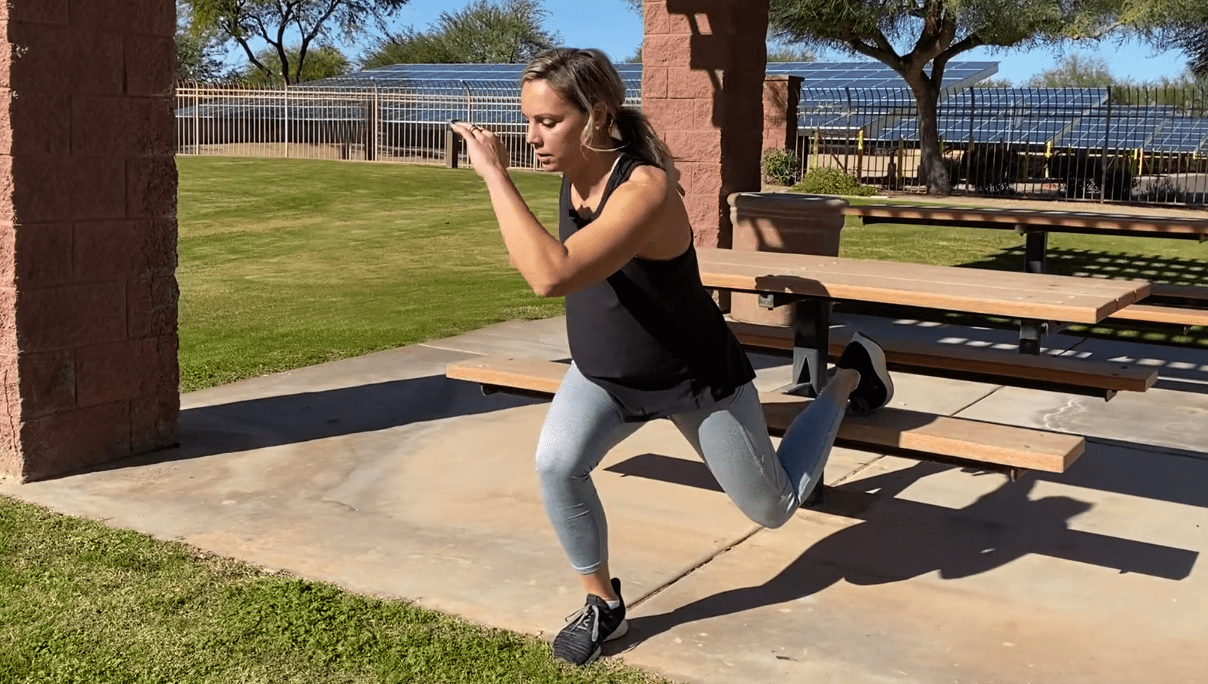Shoes are laced up, earbuds are in, and your music playlist is set to “Beast Mode.” The time has finally come, and you’re ready to hit the pavement for your run! Just as you’re about to set off, a faint voice in the back of your head whispers, “Um… shouldn’t you warm-up first?” Not only are you annoyed by your own subconscious suggestion, but you decide to ignore it completely
After all, running is the activity other sports use as their warm-up. Why should you have to waste any more time and energy preparing for a run when your body will eventually loosen up on its own?
While this line of thinking is understandable, the reality is that nobody is exempt from the risks of NOT warming up, not even runners
“As a physical therapist, one of the biggest mistakes I see with runners is they have no warm-up at all, and then the 1st mile of their run becomes their warm-up. I often hear people say they have pain and tightness at first, but then things eventually start to feel better. That’s a huge sign that you aren’t warming up properly, which is increasing your risk for injury,” says Meredith Wall, PT, DPT, FAFS, at Spooner Physical Therapy
Meredith specializes in biomechanical analysis for the walking/running athlete, and is an avid long-distance runner herself. She offers her in-depth knowledge and expertise on why warming up before running is so important, and what makes for a successful warm-up. As a bonus, Meredith lays out the ultimate runners’ warm-up for you to implement into your routine!
How much time should I spend warming up?
Everyone’s reps will be a little different, but try to aim for at least 5-10 minutes of warm-up prior to a run, regardless if you are going for a 1 mile run or 10 mile run. Even a very short warm-up is better than no warm-up at all. If you’re unsure whether your warm-up is sufficient or not, ask yourself the following questions:
- Does my body temperature feel elevated? Is my heart rate elevated?
- As you go through each exercise, do you feel tension and tightness? Keep moving through it until the muscles feels adequately stretched.
- Have I activated my key muscle groups? For running in particular, do I feel my glutes, calves, & core turned on/engaged?
This is the baseline of what your warm-up should accomplish. If your answer is “yes” to all of these, your body is in a good place to begin your run. However, if you want to know how to prepare your body to be in the BEST possible position to succeed, we need to dive a little deeper!
What should a proper running warm-up include?
The purpose of a warm-up is to increase blood flow to the major muscle groups you are about to work, and to get your muscles and joints ready for the activity that is about to follow. If you are getting ready for a run, you should make sure your warmup includes the following:
- Single-leg activities – Running is spent on one leg; therefore, your warm-up needs to include movements that involve being on one leg.
- Thoracic rotation – Although running is mainly a leg workout, your core – which consists of abdominals, glutes and hips – are very important. Symmetrical and adequate thoracic (mid-spine) rotation is key to increasing core activation and improving efficiency while running.
- Lengthening of the hip flexors, adductors & calf muscles in 3 dimensions – Although running is commonly performed in the sagittal plane- meaning you move forward in a straight line – your body is still loaded through the hips in the frontal plane and through the transverse plane in the trunk/arm swing. Therefore, it’s important that your warm-up addresses movement in all three planes.
- Activation of the glutes & calves – There is a term called gluteal amnesia, which occurs in a lot of runners. This is where your body forgets how to activate the glutes properly. To compensate, you end up overusing the hip flexors, hamstrings, and low back. This not only affects your performance, but it greatly increases your risk for injury.
Incorporating all these aspects into your running warm-up will also turn on your proprioceptors. Proprioceptors are the body’s way of communicating what’s happening in the muscles/joints back to the brain. In short, your body knows where it is at in space. This will not only aid in preventing injury, but it will allow you to perform at your very best!
The Warm-Up
Now that we know the qualities that make for a successful running warm-up, let’s run through the stretches and exercises that will get us there! This warm-up is broken into 2 phases:
- Lengthening – making sure the appropriate muscles are stretched
- Activating – making sure the right muscles are engaged and ready to work
Lengthening
- Split stance with thoracic rotation toward your front leg
- 3-Dimentional hip flexor stretch with upper-extremity drivers
- 3-Dimentional calf stretch @ wall
- 3-Dimentional adductor stretch
- Dynamic hamstring stretch
Activating
- Single-leg standing hip abduction/fire hydrant with resistance band
- Single-leg pivots with upper-extremity rotation opposite of pelvis
- Bulgarian split stance lunge with upper-extremity rotation (add in a powerful calf raise)
- Diagonal jumping with band at the knees
If you are experiencing any aches and pains with running or have any other questions regarding your health and/or running routine, we’re here to help! Schedule an appointment to team up with one of our movement specialists located across the Valley!

